Every October, the Costa Blanca begins to vibrate with an unusual energy. The days remain sunny, but the evenings are crisp, with the promise of something stirring. While Halloween is not a traditional Spanish holiday, the country’s growing international population is creating a new kind of October 31st—one that is sun-drenched, multicultural, and surprisingly forward-thinking.
Welcome to the Future of Halloween, Costa Blanca Style.
Not Just Pumpkins: A Cultural Mashup
Walking through coastal towns like Moraira, Albir, or Javea in late October, you’ll notice more than pumpkins on villa doorsteps. Halloween is becoming a celebration of culture, creativity, and community.
British expats organise trick-or-treating and costume parties. German residents frequently incorporate elements from Walpurgisnacht, their traditional “witches night.” Meanwhile, Latin American families infuse the season with the reverence of Dia de los Muertos, erecting altars and hosting remembrance dinners for loved ones who have passed away.
Rather than copying American Halloween, Costa Blanca expats are transforming traditions into something uniquely Mediterranean.
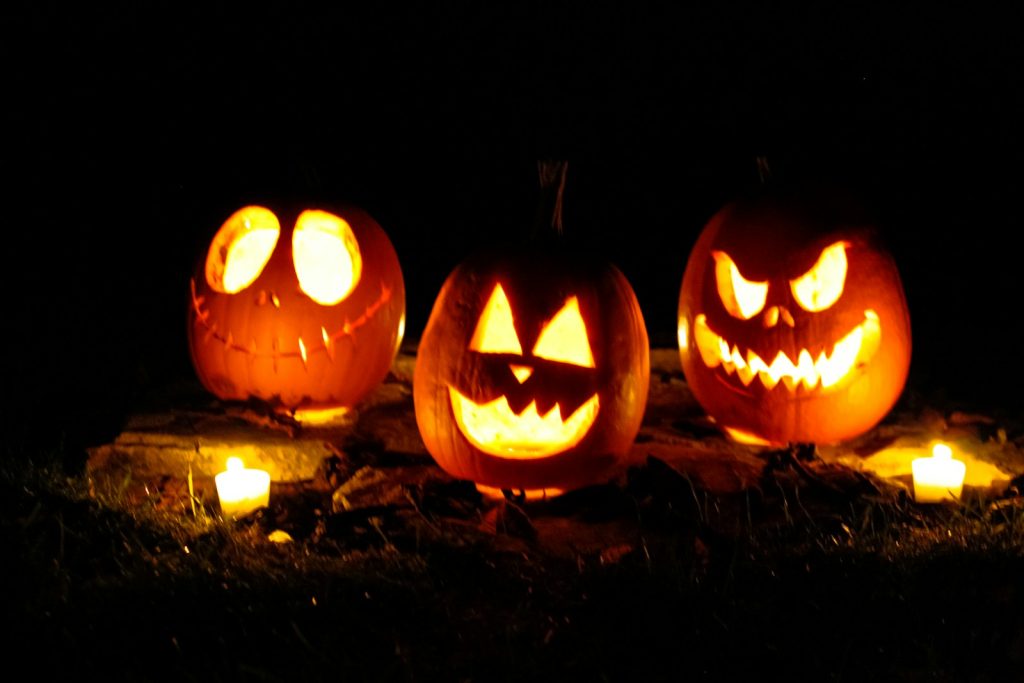
Beachside Banshees and Full Moon Flow
Forget haunted houses; this is haunted Calas. Some residents of coastal towns such as Altea and Calpe organise eerie full moon beach gatherings complete with candlelit circles, tarot card readings, and sea salt rituals. On Halloween night, yoga instructors offer special “Full Moon Flow” classes, encouraging participants to let go of past fears behind the veil of the thinning season.
In other parts of the coast, spiritualists and alternative wellness communities celebrate Samhain, the ancient Celtic festival that gave birth to Halloween, with bonfires, herb burning, and storytelling.
The Rise of Sustainable Spookiness
Halloween in Costa Blanca is becoming more sustainable, reflecting the eco-consciousness of many expats. Consider DIY costumes from vintage markets in Jalon, compostable decorations made of dried oranges and herbs, and ‘zero-waste.’ Halloween markets are popping up in creative hubs such as Denia and Villajoyosa.
Some families hold costume swap parties, exchanging last year’s witch hats and vampire capes rather than purchasing new ones. Local artisans are cashing in, making handmade decorations out of driftwood, recycled textiles, and even sea glass.
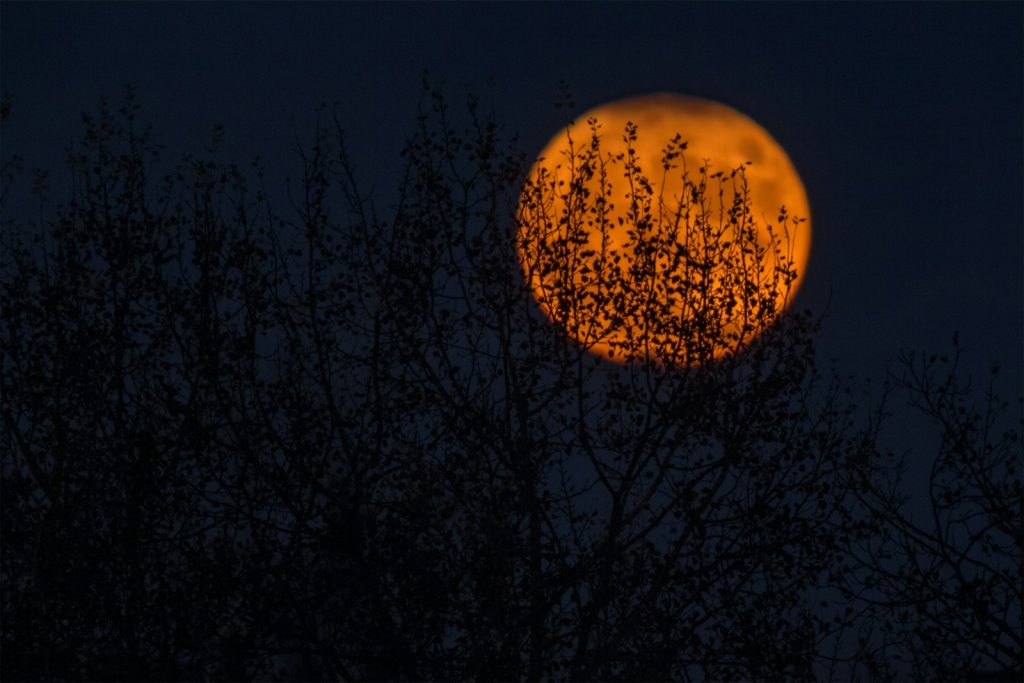
Cauldrons, Cava, and Community Tables
Halloween potlucks have become an unexpected trend, particularly in areas with mixed expat and Spanish communities. One table might serve pumpkin-spiced empanadas, the next Irish colcannon, or Mexican pan de muerto. Mulled wine mixes with cava, and local children attempt to explain trick-or-treating to their Spanish friends, with varying degrees of success!
For many here, Halloween is less about fear and more about joy—a reason to get together before the winter quiet sets in.
Looking Ahead: The Future of Halloween on the Costa Blanca
As more people relocate to the Costa Blanca, particularly remote workers and young families, Halloween is becoming less significant and more of a local tradition in its own right—albeit with a Mediterranean twist.
Don’t be surprised if in five years you’re carving pumpkins on the beach, watching a costume flamenco show, or sipping Alicante wine at a haunted finca rave lit solely by solar lanterns.
The Costa Blanca is not just celebrating Halloween; it is redefining it.
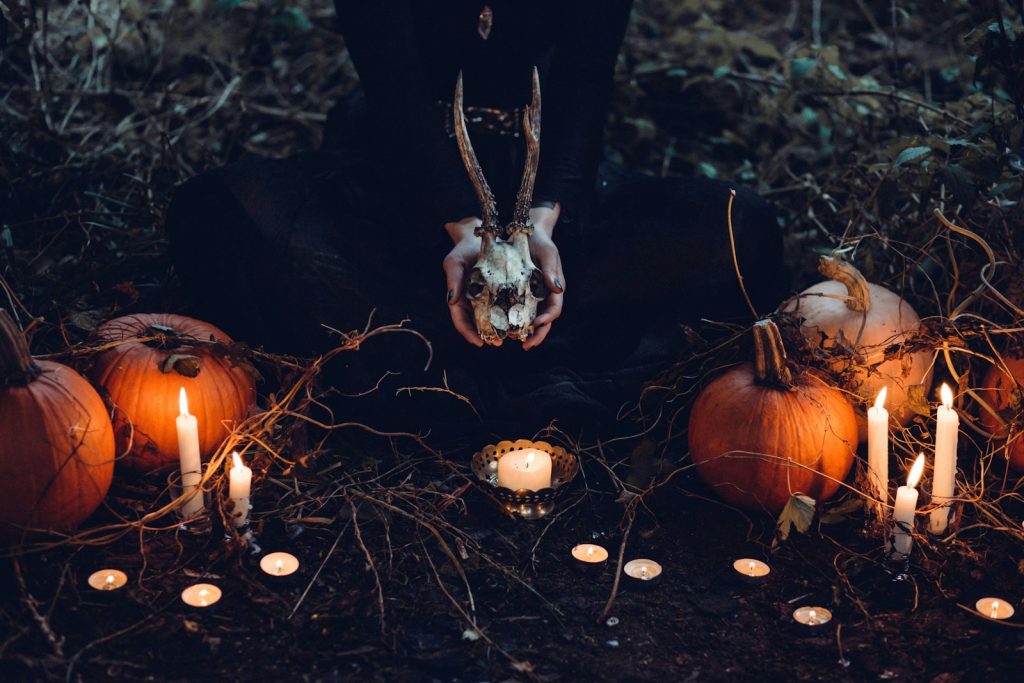
In the end, this part of Spain may not have centuries-old Halloween costumes, but what it is creating now is arguably more exciting: a shared, evolving ritual in which different cultures gather under the orange moon to honour imagination, community, and, perhaps even, a friendly ghost or two!

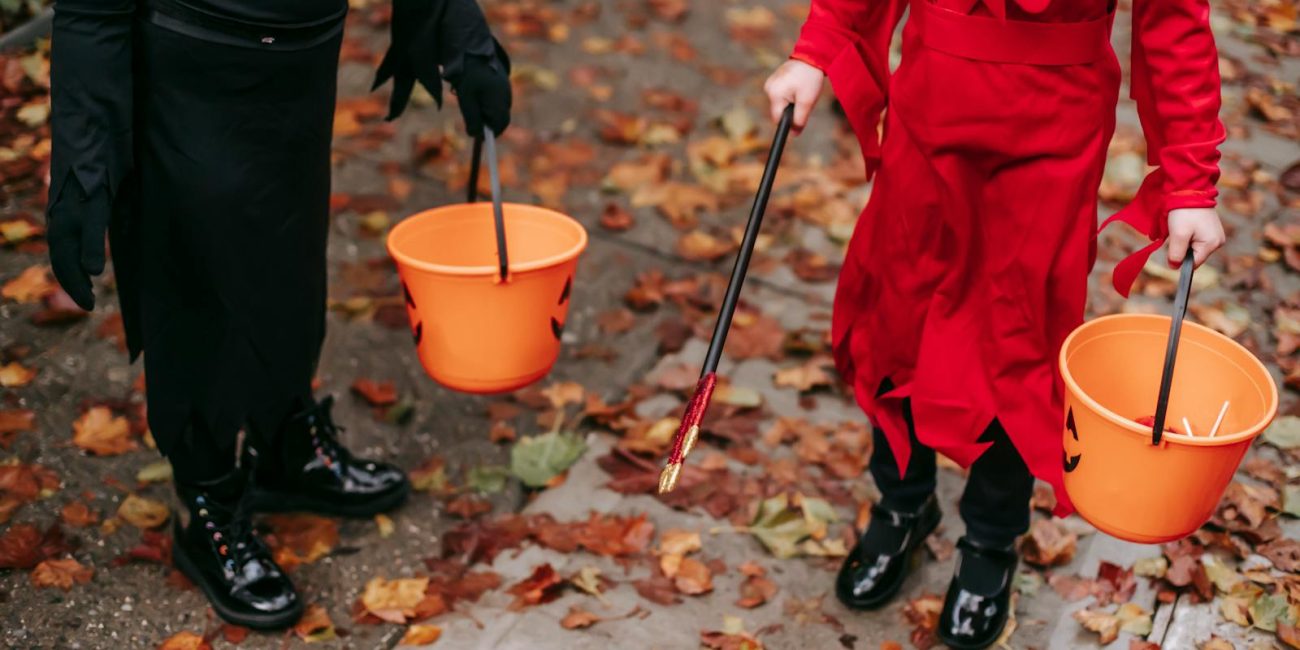






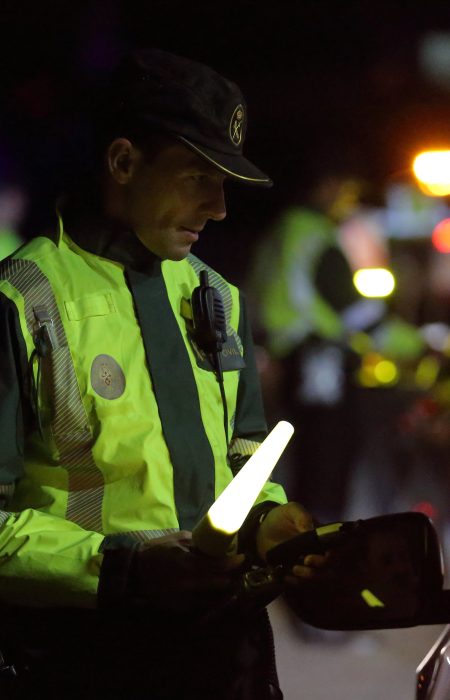
No Comment! Be the first one.